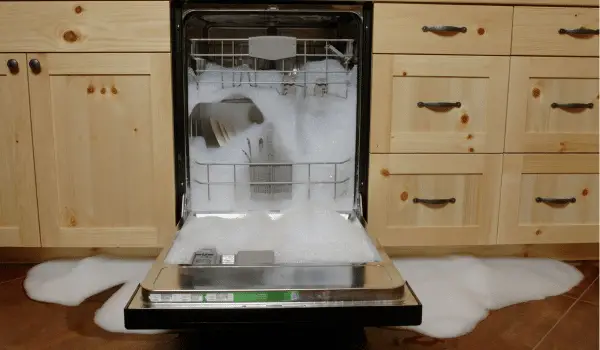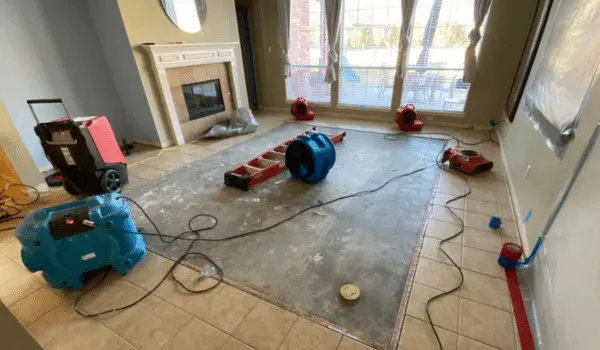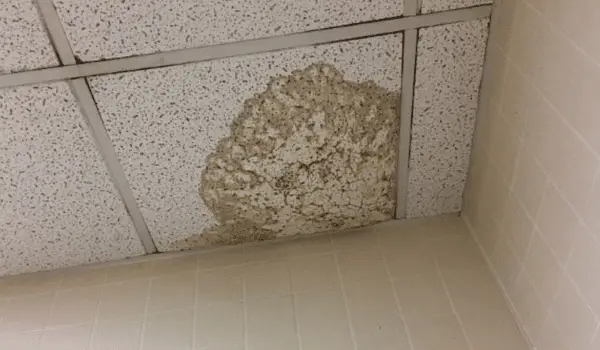Dealing with significant water damage is a race against time. Immediate action is crucial to minimize the extent of the damage and prevent long-term consequences. If you’ve experienced water damage in your home, follow these essential steps to mitigate the impact and restore your property:
Ensure Safety First
Prioritize your safety and that of your family. Turn off the main power supply if there is standing water or if electrical outlets and appliances are affected.
Avoid walking on wet floors to prevent slips and falls. If the water damage is extensive or poses potential health hazards, consider evacuating until professionals can assess the situation.
Stop the Source
Identify and stop the source of the water damage, if possible. Shut off the water supply or fix any leaking pipes to prevent further water intrusion. By addressing the source, you can prevent additional damage and make the restoration process more manageable.
Document the Damage

Take photos or videos of the affected areas. This visual evidence will be valuable for insurance claims and documentation purposes. Capture the extent of the water damage to carpets, kitchen, bathroom, or any other affected parts of your home.
Consult with Insurance Provider
Notify your insurance provider about the water damage incident as soon as possible. Provide them with all relevant information, including photos and documentation.
Familiarize yourself with your insurance policy’s coverage and procedures to facilitate the claims process.
Contact Water Damage Repair Services

Act swiftly and reach out to professional water damage repair services that the insurance company approves, then get them to do an official assessment of the damage, then the insurance will pay based on that report. Even if you’re unsure of the severity of the damage, getting a quote or having your questions answered by experts is crucial.
Their experience and knowledge will guide you through the next steps, providing peace of mind and saving you from costly mistakes. Especially when you are selling a home and water incident happens.
Remove Standing Water
If it is safe to do so, begin by removing any standing water using a wet/dry vacuum, mop, or towels. Extracting excess water helps to minimize the risk of further damage and accelerates the drying process.
Dry Out the Area
Ventilate the affected area by opening windows, doors, and turning on fans. High-speed fans and dehumidifiers can aid in drying out the space efficiently.
Remember to run fans continuously for at least 48 to 72 hours to ensure thorough drying.
Salvage What You Can
Move salvageable items to a dry area to prevent further damage. Prioritize valuable possessions, important documents, and sentimental items. Remove wet carpets, rugs, and furniture to prevent mold growth and facilitate drying.
Clean and Disinfect

Thoroughly clean and disinfect surfaces affected by water damage. Use mild detergent or specialized cleaning products suitable for the material. Disinfection helps eliminate potential bacteria and prevents mold growth.
Address Carpet and Upholstery
If your carpets or upholstered furniture have been affected, it’s best to consult professional carpet cleaning services. They have the expertise and equipment to deep clean and sanitize these items effectively.
Monitor for Mold Growth

Mold can start growing within 24 to 48 hours after water damage occurs. Keep a vigilant eye for signs of mold, such as musty odors, discoloration, or visible growth. If you notice any indications, contact mold remediation specialists promptly. Especially when the upstairs bathroom had water damage, and visible mold starts to grow from the bottom floor.
